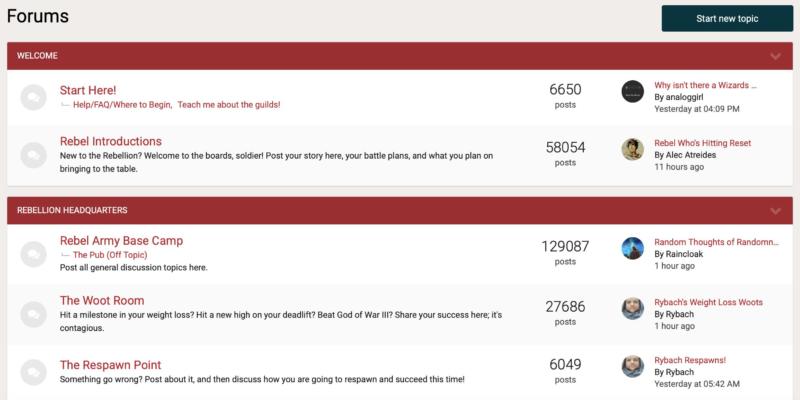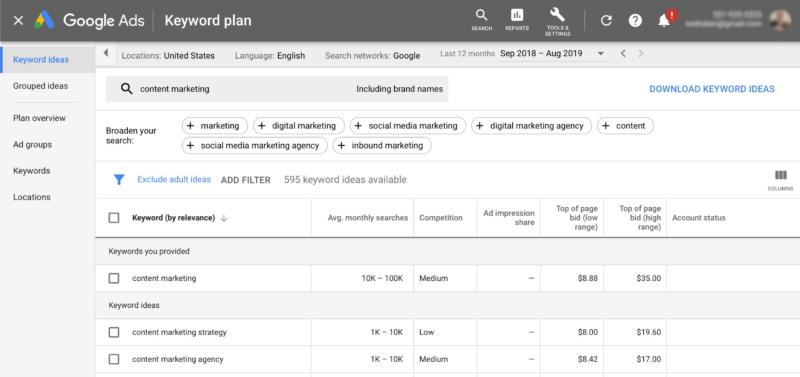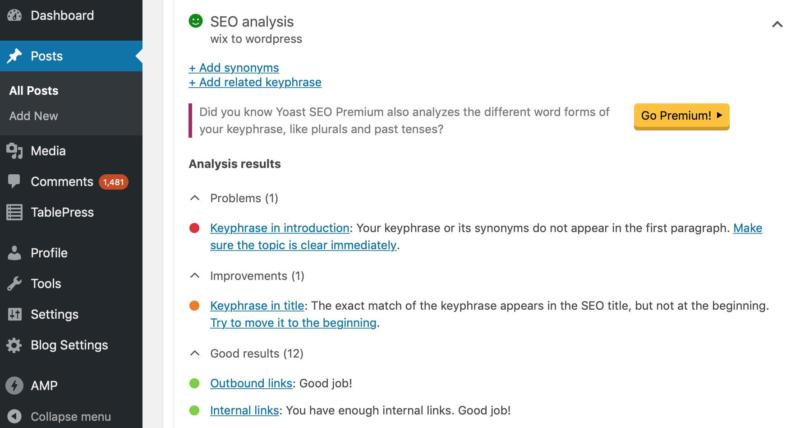- Oct 03, 2019
 0
0- by A2 Marketing Team
Content marketing is a big deal these days. Companies all around the world are leveraging the power of blogging to increase website traffic and drive leads. However, writing quality content consistently is not always easy.
The good news is that developing a strategy for writing strong content can go a long way towards improving your workflow. With defined goals and a solid grasp of your audience’s expectations, you’ll be better able to produce articles that resonate with readers and provide real value.
In this article, we’ll discuss the importance of providing quality content as a marketing strategy. We’ll then discuss several techniques for coming up with this kind of content. Let’s get to work!
Why Quality Content Is Key to Your Marketing Strategy
Quality content is interesting, useful, and shareable. What’s more, it typically achieves some kind of specific goal. In other words, when we talk about quality content, we are also discussing successful content.
You’ll want your content to stand out from all the empty and repetitive pages that are trying to attract attention all across the web. Well-built content actually engages people because it is relevant and interesting, which makes it more likely to be shared on social media. On top of that, it tends to rank well in search results.
Excellent content can also improve your site’s branding, grow your audience, and ultimately generate leads. What’s more, it can serve as the backbone of your marketing strategy, which is what we’ll discuss in the next section.
5 Tactics for Writing Quality Content
Producing top-notch content can seem like more of an art than a science. However, there are some reliable strategies you can follow to ensure that your content is the best it can be.
1. Define Your Goals
Having a direction in mind for your content is a good first step. It’s important to define your goals, because it can help focus your content ideas to better align with your audience’s needs (which we’ll talk about more in the next section).
You can start by asking yourself what you are trying to achieve by writing online content. Are you trying to drive traffic, for example, or generate leads? Do you want users to sign up for your newsletter, or visit your social media channels?
The following questions may help you set a clear goal for your content marketing:
- Do you want to increase traffic?
- Are you looking to drive sales?
- Is your content meant to update customers or to educate them?
- Do you need to build your brand’s visibility or recognition?
- Does your content need to attract prospects?
When deciding on your goals, it’s also important to be specific and make sure they’re achievable. For example, a focused approach would be to decide that your primary goal is to grow your traffic by 20 percent over the next six months. The more goal-oriented you are when it comes to your content, the more successful it’s likely to be.
2. Get to Know Your Audience
Just as defining your goals will help refine your strategy, so to will knowing your audience. The more you understand about your visitors’ needs and motivations, the easier it will be to create content that they find valuable and which meets their expectations.
To learn more about your audience, you can start by spending time with them. Find some forums where they are active, or visit the social media platforms they prefer. For instance, let’s say that your audience is comprised of ‘nerdy’ types looking to get in shape – in that case, you could hang out on the NerdFitness forum to see what they are all about:

This is a great way to find out about what your audience is interested in, as well as what sorts of problems they have. Also, it doesn’t hurt to ask questions and to be interactive. You may even be able to poll these groups, asking for their preferences or digging into how they feel about certain issues or products.
Once you have a feel for what kinds of articles your audience likes to read, you can start creating them as a part of your own content strategy. In addition, you can write about problems your audience members may be having and offer possible solutions. Finally, don’t forget to analyze your own posts to see which ones are the performing the best. Doing this may give you some strong ideas for further content.
3. Brainstorm Topic Ideas Based on Keyword Research
Keywords are search terms your audience uses to look for content. As a result, another way to come up with quality content ideas is to base them on your keyword research.
This is an effective way to target the needs of your audience based on explicit data. In other words, creating content based around the keywords they are already searching for ensures that you are meeting their needs.
Of course, finding the right keywords can be a challenge. However, Google Keyword Planner can help you not only research possible keywords, but also to come up with lots of alternative possibilities:

When conducting your research, look for keywords that have a high number of searches and low competition. This is a perfect way to create content that your audience wants, but is different from what everyone else in your niche is offering.
4. Make Your Content Useful
Useful content is that which solves a problem for your audience. If you think about how people use search engines, you’ll realize that it’s often to answer a question. When they type a relevant question into Google, is it your content that shows up with an answer?
To illustrate, let’s go back to our NerdFitness example. When we type “how to get in shape” into Google, one of the top results is this article:

As you can see, here we have some content that is both interesting and high-quality. This article is not only useful, but also popular, as it ranks highly in search results (more on that in a moment). No matter what your own topic is, your audience is more likely to be engaged by it if it is useful to them.
At this point, you may have a good idea about some of your audience’s needs and problems, which means you can write content that aligns with that knowledge. Go out there and solve some problems – in other words, give your audience what they want – and you’ll be that much closer to achieving the goals we talked about earlier.
5. Optimize Your Content for SEO
Making your content relevant and useful is important, but so is optimizing it for search engines. Search Engine Optimization (SEO) involves techniques that help your content rank higher in search results.
After all, search ranking is often considered a key factor when defining quality content. In other words, the higher your rankings are, the more likely your content is to be perceived as valuable.
For WordPress users, we recommend the Yoast plugin, which will analyze what you’re doing right and where you can do better:

Regardless of platform, some basics to consider include using headings that contain keywords, developing a well-planned linking strategy, and writing concise meta descriptions. Additionally, it’s helpful to include lots of images with descriptive alt text.
Conclusion
For many websites, quality content is one of the most important aspects of their marketing strategy. In fact, content marketing is crucial not only for improving engagement, but for generating brand awareness and leads.
Let’s recap the five tactics you can use for writing quality content:
- Define your goals.
- Get to know your audience.
- Brainstorm topic ideas based on keyword research.
- Make your content useful.
- Optimize your content for SEO.
Image credit: Gerd Altmann.












